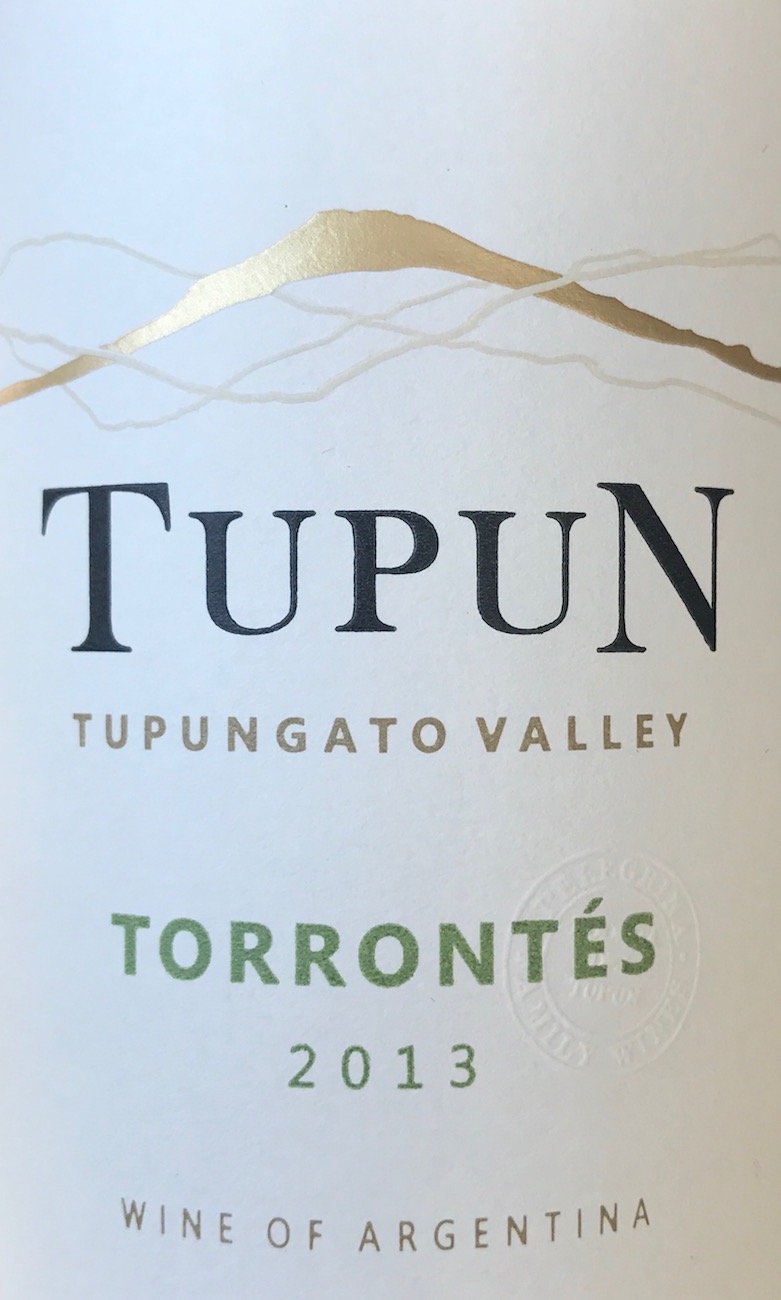Last time we recommended a lineup of House Wines, it was in the form of Four tasty Italian reds from Barone di Bernaj, at $8.99 per bottle. Today we're once again hunting for great wine at great prices so you can:
- Spend a bit less on wine by serving something that is better than its price;
- Take advantage of economy of scale by purchasing a case (12 bottles) at a discount to drive the per bottle cost down;
- Have some bottles on hand for lazy evenings that don't call for anything fancy;
- Use some discretion when serving guests who aren't as picky (or whose tastes not as sophisticated); and
- Avoid blowing an expensive wine for that "last bottle" when friends are over (you never fully appreciate the "last bottle").
When choosing a house wine, use our three main criteria that the wine:
- Be broadly pleasing, i.e. something that most people can enjoy;
- Outperform its price point, i.e. is better than what you'd expect for the price; and
- Cost no more than $15 per bottle when purchased by the case (in most cases we're looking at house wines in the $8 - $12 range).
Further reading: House (Wine) Hunters: Four tasty Italian reds from Barone di Bernaj, at $8.99 per bottle
This is a fairly well balanced lineup featuring two whites and two reds, all of which are rather different from one another. Serve some at your next summer party, and enjoy. Cheers!
2015 Cave de Pomérols Coteaux du Languedoc Picpoul-de-Pinet Hugues Beaulieu ($9.74 per bottle, by the case)
We are, admittedly, sharing this one again just on the heels of our Best of June lineup last week. However, lest it be lost on readers of that piece, this wine is quite affordable in the sub-$10 range when purchased by the case, and versatile enough to be flexible as both a sipper and a food wine. Hence, it rings in as a great house wine choice. This white wine made from the Piquepoul grape in France's Languedoc region has made repeat appearances in our glasses for ten years. The 2015 edition is cool and crisp with a hint of nectarine in the nose. Lush and round, it's possessed of minimal tartness or wood, but a pleasant creaminess that makes it a versatile bottle to pour for white wine drinkers of different tastes. Apple and pear on the palate remind us of a summer fruit salad. It's a truly great choice for casual warm weather drinking.
2013 Tupun Torrontés ($11.24 per bottle, by the case)
This Torrontés is among our favorite white house wines we've had, making regular appearances at dinner parties and quiet nights at home throughout the warmer months of 2016. I recently discovered an errant remaining bottle in my collection, and had to share it. Light straw color in the glass, we discovered crystalized sugar, hay, farm in springtime, and a little Ritz cracker in the nose. More refreshing and fun than complex, the palate is driven by simple citrus and lemon zest energy. It's really pleasant to drink, and one that we'd eagerly break out for a party.
2013 Michel Langlois Val de Loire ($8.00 per bottle, by the case)
At $8.99 per bottle, this Pinot Noir from France's Loire Valley is a definite house wine contender. Thinner and very light in color, it reminded us a bit of the hotter Pinot Noir sometimes found in Southern California. The nose throws up notes of red smarties (candy) and light cherry, and is anything but rich. A bit green -- not unlike a lower end Beaujolais -- this wine is tart in the front, a little metallic, but ultimately goes down easily. It's a good house wine choice for those who enjoy very light Pinot Noir (me), but not necessarily for those who do not (Meghan).
2008 Bodegas Campiña Tempranillo Toro Sabor Real Joven ($7.50 per bottle, by the case)
We considered this bottle from Spain's Toro region as a house wine candidate. The single bottle (vs by the case) price is right at $9.99, and Tinto de Toro wines can be an excellent alternative to the big red California wines that many Americans love, but that tend to get sloppy and poorly made in the lower price ranges. Made from the Tinto de Toro grape (what Tempranillo is called in Toro), our first impression is of a wine with rigorous legs in the glass. Big jammy red fruit notes characterize a somewhat meaty and hearty nose. The palate is less powerful than we expected. Cool up front, warm in the back, this wine is less complex, yet satisfying. It punches above its price to earn our recommendation as a solid house choice.



